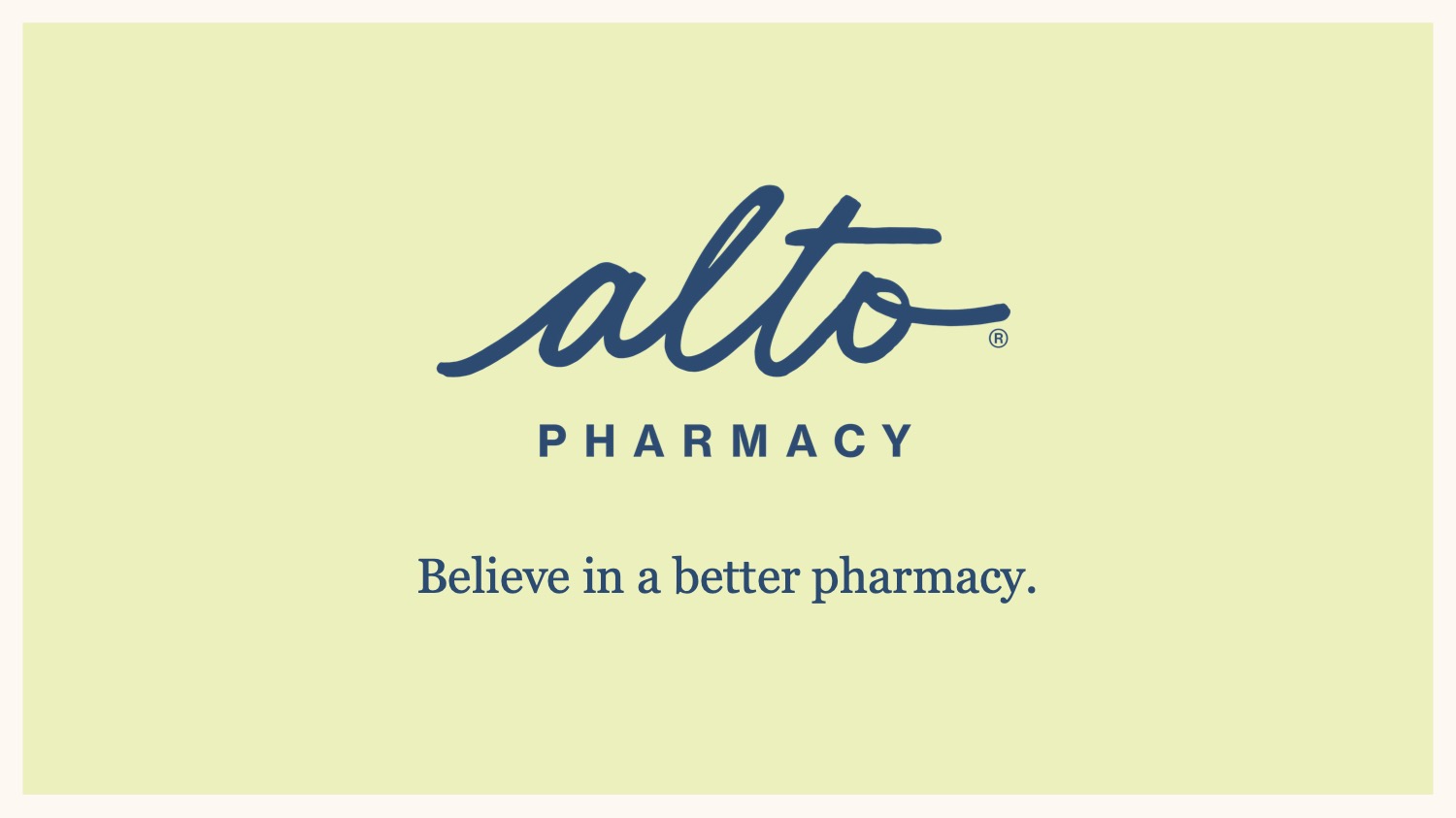Your first slide is obviously important for a pitch deck; first impressions count, and having a solid introduction goes a long way. It seems that founders often forget that the last slide is just as important.
There’s a simple reason for that: Investors easily look at hundreds of slide decks per month, and it’s hard to remember them all. Sure, startup names are often catchy and pretty self-explanatory (Lyft, DoorDash), but it’s hard remember that Orange refers to a car-charging company, not the fruit. Companies are often give shorthand summaries of the businesses they’re working with. In the case of Orange, it might be, “You know, the company that puts chargers in apartment buildings.” Everyone around the table goes, “Aaaah, yes,” and the conversation continues.
As a founder, you have an opportunity to influence how someone summarizes your company. The way to do that is by reinforcing your message on the first and last slides. What is a good shorthand for your company? Are you Dollar Shave Club for underwear? Are you Turo for caravans? Are you Freshbooks for plane ownership? Well, those are all helpful shorthand – but you can get more creative, too!
You need a closing slide
When pitching, you start with your best stuff first and go from there. The last slides are generally where you show weaknesses. If you don’t have a closing slide, your greatest weaknesses might be left up on the screen while you talk with investors and answer questions. As you can see, that’s not a great way to prime the pump, and you’ll end up getting grilled on your financials, team, go-to-market or whatever you added to the end of the deck as an afterthought. Instead, set yourself up for success with a good closing slide. Remind your audience who you are and what your company will do.
In this story, we are diving into the 45+ pitch deck teardowns done so far, and pick apart some of the closing slides from our library of pitch deck examples. Top tip: It’s 100% worth subscribing to TC+ just to get these teardowns and our incredible library of pitch advice. But then again, I wrote most of it, and I’m hella biased. Still. Subscribe. Go on. It’ll be the best fistful of dollars you spend this year, I promise.
Some examples of closing slides that work

Alto’s closing slide. Image Credits: Alto Pharmacy
Alto raised $200 million to make a better pharmacy. Choosing to end with a slide that inspires rather than puts a shadow on any conversations, is one thing. But choosing the succinct “a better pharmacy” rounds out the slide to make it an A+. See the full pitch deck teardown.
For your pitch, last impressions count almost as much as first impressions by Haje Jan Kamps originally published on TechCrunch
source https://techcrunch.com/2023/04/23/last-impressions-matter/
Comments
Post a Comment